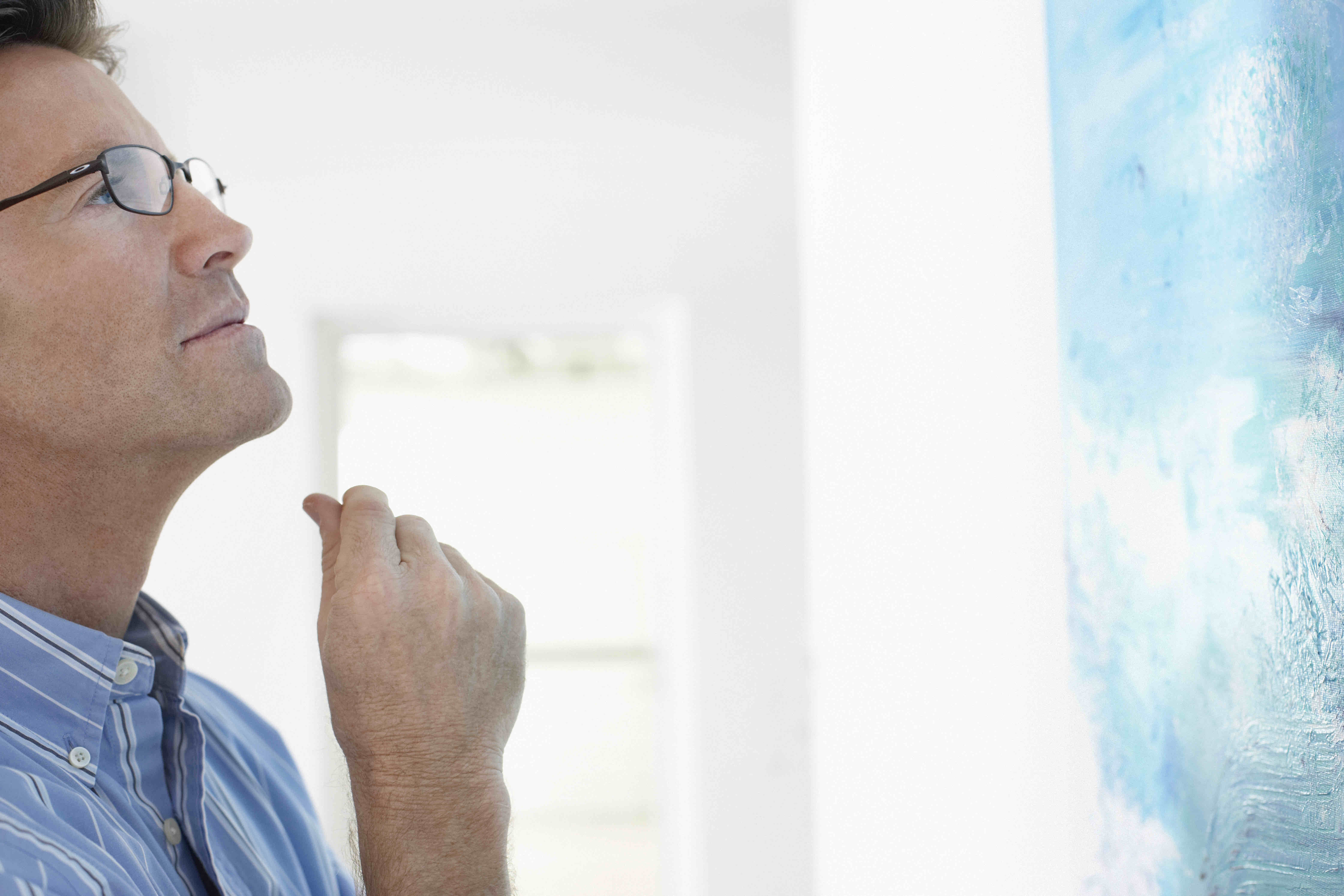Opinion
Museum for Dental History.
By: Dr. Weam Banjar. DDS., MS in Clinical Research, Comp.Dent (Fellow)
History of dentistry stretches all the way back to the beginning of human society. Archeological evidence supports that ancient societies had paid attention to dental health. Oral and dental health status had been reflective of social status. The inherent legacy of ancient civilization reflects on early development and progress of professional dental practices. Archeologists shed light on Babylonian efforts to govern medical and dental practices, and Sumerians efforts to document the scientific foundation of dental diseases and conditions. Egyptian mummies had unveiled evidence of interventional dentistry. Throughout human history, fashion and taste influenced cosmetic dental trends. Understanding dental history is essential to establish a comprehensive understanding of the cultural and social niche of any society. Behavior and customs in addition to systemic conditions and genetic factors contribute to oral health. Studying dental history helps understand dietary habits, hygiene practices, cosmetic trends, and practices among different social status.
The Arabian Peninsula is a crossing road for travelers and caravans. Archeological and anthropological studies suggested that settling population had flourished and turned to a dynamic culture that contributed to the establishment of civilization. Recent movement supported by the Ministry of Culture to explore the historical background of Saudi Arabia, particularly the prehistoric and pre-Islamic eras is essential to reconstruct the social, and cultural image and establish the context of scientific revolution and determine its impact on modern science. Archeologists should explore the inhabitant history beyond the materialized evidence. Cemeteries are a rich source and may serve as a composite silent image of the living culture. After death, teeth become the most durable part of the body. Oral and dental assessment of ancient skeletons should help reconstruct facial features, understand dietary habits, determine social status, explore the fashion trend and cosmetic taste of the era, and define the hygiene orientation among different social groups. Yet, coupled with materialized findings of sculptures, drawing, tools and ancient documentation a comprehensive understanding of the behaviors, customs and attitude of individual and population traits. Nevertheless, at the cusp of each population, science flourished and produced a fine society of scientists and professionals. Dentistry was not an exception. Dental treatment is as old as human history. It is essential to understand the Arabian Peninsula dental history to align with global community findings and develop the missing chapter of dental history in the region. The dynamic social structure of the region presents a rich area for interdisciplinary research activities where archeologists, anthropologists, dental researchers, historians and forensic dentists arrange the puzzles and reconstruct the socio-scientific image of dentistry in the region.
Museum of dental history is no longer a luxury. The museum helps young generation understand the history of their ancestors and appreciate the level of progress they have achieved. Dental history museums are not solid boxes of tools and sculptures. They, rather, the living reflection of ancient society and its legacy that had contributed to our modern life. Due to unique population niche, we may expect to discover unique society-linked dental observation and practices. The impact of pseudoscience and magic should be carefully addressed. Museums of dental history are the best representation that our modern civilization is an extension of our ancient ancestor civilization. Thus, professional tourists of explorers may find the region attractive, which serves as a nidus for interactive platforms that unveil the true image of Saudi Arabia.


